The Association of European Printing Museums invites proposals for its forthcoming conference which will investigate the relationship between printing history and the heritage sites that are custodians of the material evidence of print.
Over the past few years, digital humanities and craft revival have prompted a resurgence of interest in analogue forms of communication and the technologies that enabled them. Once dominant printing processes such as letterpress and off-set lithography are now commercially obsolete. The numbers of people trained in historical printing techniques are declining and heritage organisations often struggle to find the space, resources, or know-how to curate their printing collections. Usable equipment and material are becoming increasingly scarce, and those with the knowledge to repair and restore it are a dying breed. Preservation requires documentation, interpretation, and practice but also imaginative approaches to their adaptation and use in the present. Heritage sites provide the raw material—artefacts, machinery, documents, and archives—and experiential environments by which historians can understand the situations and locations of printing. On the other hand, printing historians produce the necessary context—information, data, interpretation, and scholarly assessment—necessary for the heritage sites to effectively exploit their collections and interpret printing history for a wide audience.
This event will consider the role of printing heritage in the twenty-first century and discuss the interdependent relationship between heritage sites and printing historians — how it works, how it could it work, the benefits, problems, and possible new models for working..
We welcome papers of twenty minutes or panels of sixty minutes to address themes which may include, but are not limited to:
the effective engage of heritage sites with historians for the purposes of research
how heritage sites and historians might work together to ensure the practices of printing; history are appropriately conserved, curated, and accurately interpreted.
the use digital innovations in the interpretation of printing history and culture.
the exchange of information, experience, and knowledge of the machines and skills which were once common in the printing trade.
training in traditional printing methods to actively preserve them and transmit them to future generations.
new techniques of presentation and mediation of printing heritage.
understanding the links between communication technologies of the past and present.
using printing heritage to explain the origins and workings of today’s graphic world.
the role of printing heritage in the history of ideas and the making of the societies.
the use printing heritage materials be used to contextualise digital technology.
collecting printing heritage materials and how collections become museums.
transmitting printing heritage transmitted across the generations.
What motivates founders of printing museums?
How to Apply Proposals for papers of twenty minutes and for themed panels of three or more speakers are invited. Abstracts of 300 words should be accompanied by brief biographies and sent to Caroline Archer-Parré by 31 March 2025. caroline.archer@bcu.ac.uk
About | Association of European Printing Museums The aim of the AEPM is to encourage the sharing of knowledge, experience, initiatives, and resources in all fields of the graphic arts as they have been practised from the time of Gutenberg until the present day. Originally founded as an association of European printing museums, the AEPM has gradually enlarged its remit to include a broad range of organisations and individuals interested in printing heritage, both in Europe and beyond. More information: aepm.eu
About | Centre for Printing History & Culture (CPHC) CPHC is a joint initiative between Birmingham City University and the University of Birmingham and consists of researchers, heritage professionals, practitioners, and librarians. It seeks to encourage research into all aspects and periods of printing history and culture, as well as education and training into the art and application of printing. More information: cphc.org.uk
About | Winterbourne House & Garden Winterbourne is a rare surviving example of an early twentieth-century suburban Arts and Crafts villa and garden. Built in 1903 for John and Margaret Nettlefold, and in 1944 it was bequeathed to the University of Birmingham and the garden became the University’s Botanic Garden. The house was Grade II listed by English Heritage in 2008 and in 2024 ALL.com ranked Winterbourne as one of most beautiful gardens in Europe. Winterbourne is also home to the Typographic Library, which holds an excellent collection of books, journals, magazines, type specimens and other typographic ephemera. The Winterbourne Press maintains several nineteenth-century printing presses which are now used for workshops, demonstrations and for making merchandise sold in Winterbourne’s gift shop. More information: winterbourne.org.uk

